The characteristics of DC compound generator refer to the relationship between various parameters that define the operational behavior of the generator.
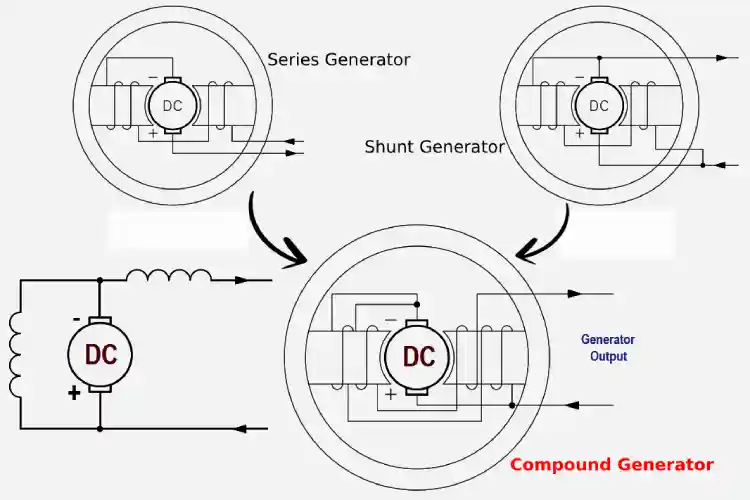
DC compound generators have both series and shunt excitation are combined as shown in the figure. Their characteristics are different from series and shunt generator.
Based on the field winding connection a dc compound generator can be classified in to two types.
- Short Shunt DC Compound Generator
- Long Shunt DC Compound Generator
The shunt winding of DC compound generator has two possible connections:
- Short-shunt connection (S): connected across the armature only.
- Long-shunt connection (G): connected across both the armature and the series field.
The compound generator can be cumulatively compounded or differentially compounded generator. More about them is explained in types of DC Generator.
The differentially compounded generator is rarely used in practice. Therefore, we shall discuss the characteristics of a cumulatively compounded generator in this article.
It may be noted that the external characteristics of long and short shunt compound generators are almost identical.
External characteristics of DC Compound Generator
The external characteristics of a cumulatively compounded generator are shown in the figure.
.png)
The series excitation aids the shunt excitation. The degree of compounding depends upon the increase in series excitation with the increase in load current.
Over Compounded Generator
If series winding turns are so adjusted that with the increase in load current the terminal voltage increases, it is called over-compounded generator.
In such a case, as the load current increases, the series field mmf increases and tends to increase the flux and hence the generated voltage.
The increase in generated voltage is greater than the IaRa drop so that instead of decreasing, the terminal voltage increases as shown by curve A.
Flat Compounded Generator
If series winding turns are so adjusted that with the increase in load current, the terminal voltage substantially remains constant, it is called flat-compounded generator.
The series winding of such a machine has a lesser number of turns than the one in an over-compounded machine. Therefore, does not increase the flux as much for given load current. Consequently, the full-load voltage is nearly equal to the no-load voltage as indicated by curve B.
It has better voltage regulation compared to simple shunt generators.
Under Compounded Generator
If the series field winding has a lesser number of turns than for a flat compounded machine, the terminal voltage falls with an increase in load current as indicated by curve C.
Such a machine is called under-compounded generator. It regulates voltage better under light loads but tends to overvoltage under heavy loads.
Conclusion
The external characteristic of a DC compound wound generator is drawn between the terminal voltage and the load current. Adjusting the number of amp-turns in the series field winding yields different external characteristics:
- Over compounded: Terminal voltage increases with load current. Decrease in load leads to a decrease in terminal voltage.
- Flat compounded: Terminal voltage remains constant with increasing load current. Achieved by connecting a variable resistance across the series field.
- Under compounded: Rated terminal voltage becomes less than the no-load voltage when the series field winding has fewer turns.
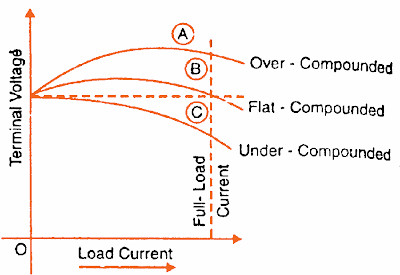
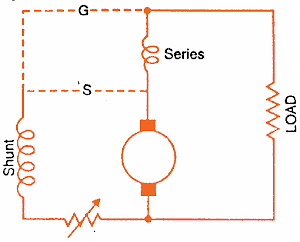
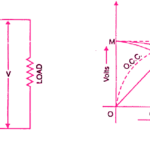
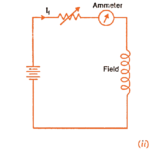
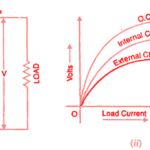
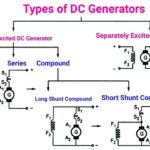
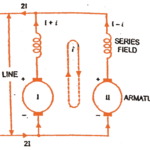
Comments are closed.